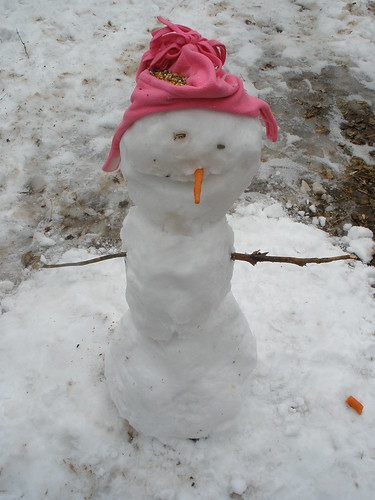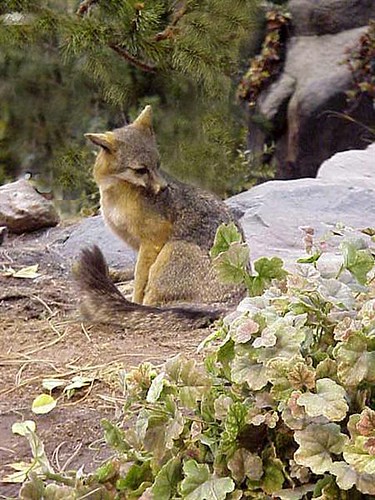For this posting, the bold typeface is from the Handbook of Nature Study website. Words in italics are from the HNS (the book). Words in regular typeface are my own.
1. In the Handbook of Nature Study, read “The Uses of Scientific Names” on pages 10 and 11. Also read “The Field Notebook” on pages 13-15. Highlight or underline the points that you would like to remember.
These are some key points that I found interesting:
The child should never be required to learn the name of anything in the nature-study work; but the name should be used so often and so naturally in his presence that he will learn it without being conscious of the process.
[The nature journal] of whatever quality, [is] precious beyond price to their owners. And why not? For they represent what cannot be bought or sold, personal experience in the happy world of out-of-doors.
2. I am going to suggest that you pick a focus area for your nature study. Taking into account what you have close at hand, what season it is, and your child’s interest, look through the table of contents in the HNS and pick one section that you will focus on for the next six to eight weeks. It might be a good time to study garden flowers (bulbs), wildflowers, birds, or trees if it is already warm in your area. If you still have lots of snow, you could focus on mammals, birds, or water forms.
(For suggested nature study rotations using the HNS, see the Ambleside Online’s nature study page for ideas.) If you have chosen a focus area, turn to the introductory page for that section and take the time to read just that page in the HNS.
The girls and I decided that we would focus on birds for the next six to eight weeks since this is the end of winter and spring officially begins later this month. There are so many things that we do to attract (and, perhaps, help) the birds through the winter and spring here so it would be fun to put even more effort into our study and appreciation of birds.
Snowman wearing a hat filled with some birdseed.
3. Take your 10-15 minute walk outdoors. Encourage your children to observe quietly for some of that time, helping to train them to be aware of the sounds as well as the sights of their own backyard. If you have chosen a focus, spend a few minutes looking for an object to study. Be alert to ideas for further research in your focus area. For example, if you have chosen birds as your focus area, you can look for feathers or nests as well as the birds themselves.
We ended up taking a rather unplanned walk because we found some interesting tracks in the southwest pasture in the snow. We climbed over the fence and noticed right away that the animal(s) that walked very close to where the horses are (the barn, northwest pasture, and run/walkway). In fact, it looked like the animal may have even slept there since there was a big, flattened area.
Olivia found some fur in the snow. We assume it came from the animal(s) because there was no blood or sign of a struggle/death.
We continued walking and tried to figure out what animal(s) was responsible for the tracks. Immediately we ruled out deer because the tracks led right under one of the wire fences (the lowest part is about 2 1/2 feet off the ground).
We noticed that the animal(s) came from the next door neighbor's cornfield. We found two entry/exit points within the southwest pasture.
The animals spent time walking in the open field as well as spending time walking around and under the pine trees. As we made our way back to the barn, we noticed that the tracks led to 2 rows of pine trees that are planted west to east. The animal walked under the boughs of a couple of pine trees before it looked like it made a bed onto top of a pine tree bough that was pressed down into the snow. The little "bed" faced south - so the area would be nice and warm in the sunlight.
We are thinking that the animal could be a gray fox (since the fur Olivia found was gray and not red) given the track pattern (we looked at the Animal Tracks book) and fur found. We don't believe it was a coyote because they seem to travel in packs.
4. Follow up with discussion and research in your focus area if you have chosen one. If you have chosen a focus, begin a list of items that you have observed that fall within that subject. For example, if you have chosen birds as your focus, try to identify a bird you saw today, look it up in the HNS, and read more about that particular bird if possible. Add the bird’s name to your list of birds seen for the term. Please Note: If your child found something to research other than an object from your focus area, be flexible and go with their interest.
Olivia did a page in her nature journal about woodpeckers since we seem to see a lot of them around here. There are two things that she found particularly interesting about woodpeckers: the long tongue that helps them reach insects that other birds cannot; and the position of their toes when resting (two toes in front and two toes in back).
Olivia's Nature Journal Entry About Woodpeckers
Olivia and I also looked at a book from the library about woodpeckers. At the end of the book, there was a pictorial dictionary of woodpeckers found in North, Latin, and South America. She identified five different types of woodpeckers that have visited our feeders and trees: downy, hairy, red-bellied, and pileated woodpeckers as well as the northern flicker.
5. Give the opportunity for a nature journal entry.
"The book should be considered the personal property of the child and should never be criticized by the teacher except as a matter of encouragement; for the spirit in which the notes are made is more important than the information they cover."
"The making of drawings to illustrate what is observed should be encouraged."
Last week I suggested a journal page after observation and discussion. Offer the opportunity once again for your child to draw and write a page to add to their notebook. I have found that if I pull out my nature journal and draw, the children usually want to join me. Model a simple journal entry if you need to. Remember it can be as easy as a quick drawing, a label, and the date. The whole idea is to start a new habit. Modeling the behavior, setting a good example with our attitude, and giving our children plenty of subjects to draw will all encourage them to give nature journaling a try.
For younger students, outlining the object in the nature journal and then having them color it in is a perfectly acceptable alternative to drawing the object. You can also do a rubbing by placing the object under the paper and then rubbing it with the side of a crayon.
Sophia's nature journal entry about bird tracks.
As she paged through the book, she was fascinated with how large some of the paws are of wild cats (e.g., jaguar, cougar) in comparison to the birds and domestic pets we have (cats and dogs). She spent quite a bit of time using a ruler and finding how large some of the paws are (and imagining, I'm sure, how big the wild cats are in comparison to the domestic cats we have).
Sophia with Meenie, Shadow, Lucy, and Eenie.
Only cat missing: Maggie.







2 comments:
I always love it when we find mystery tracks because we spend so much time imagining the creatures that the tracks belong to...lots of fun.
I think your journals are always so well done with great observations and insights.
Thank you so much for sharing your link with the OHC.
Wow, wait until you study mammals and do that fox. You have a very thorough post! We love birds, you could join Tweet and See for this month!
Post a Comment